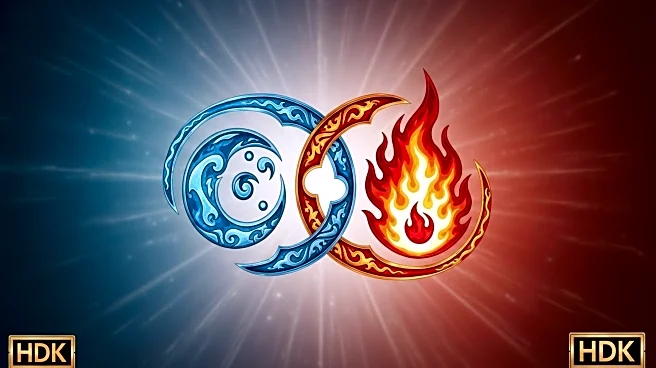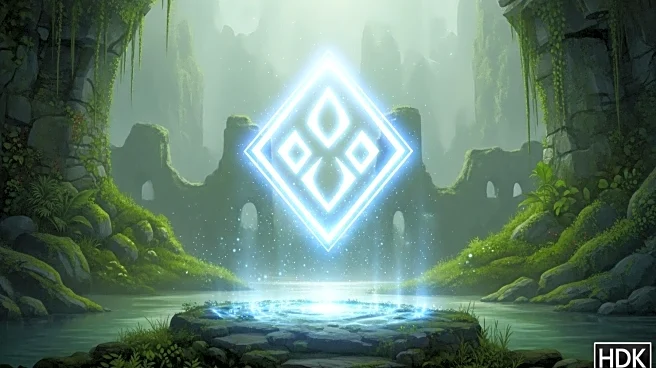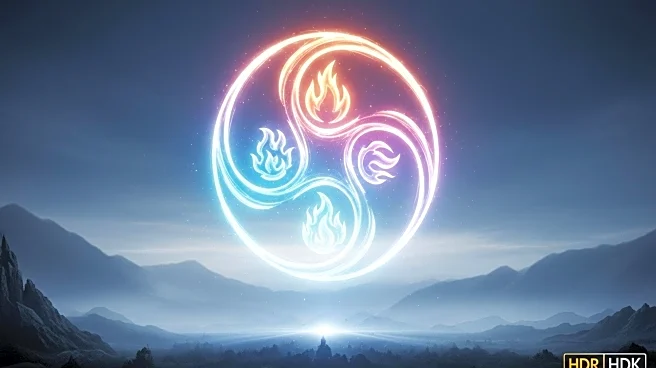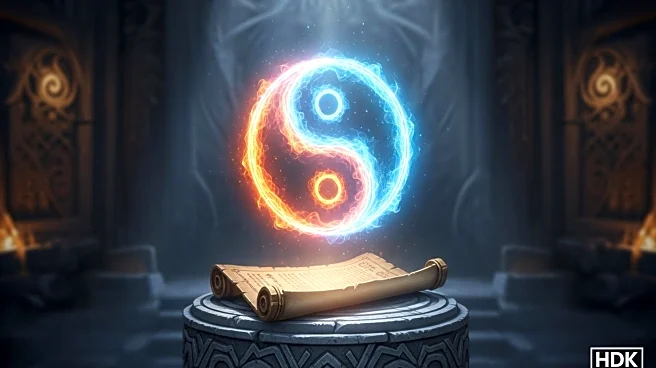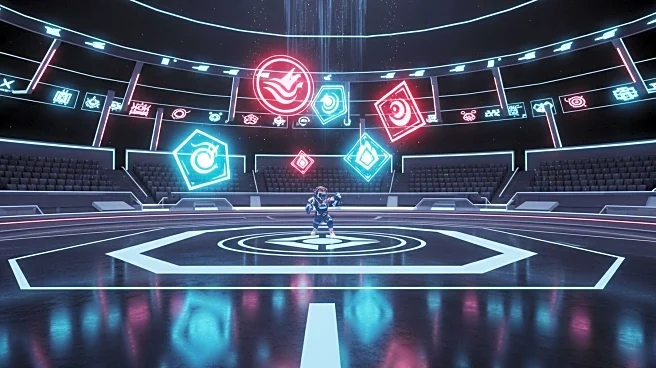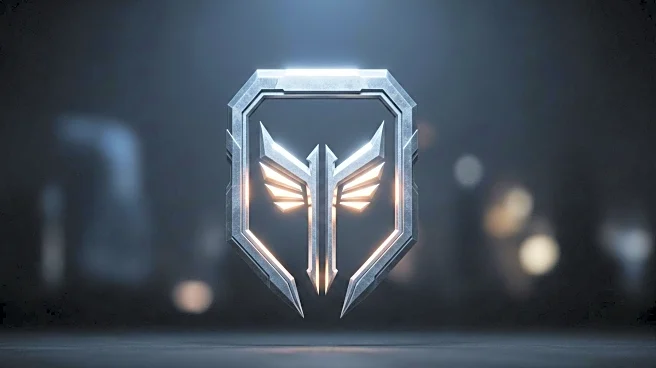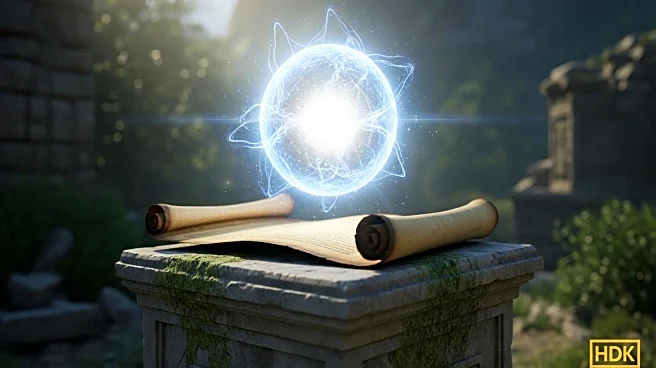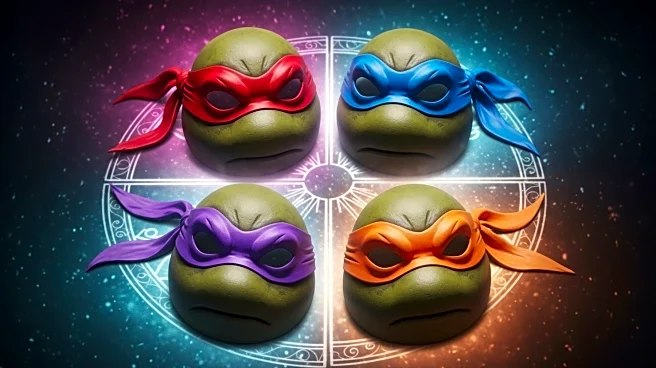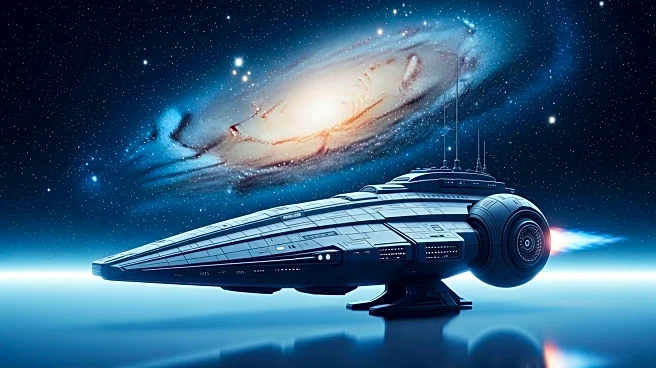What's Happening?
A previously canceled Avatar: The Last Airbender fighting game has been revived by Gameplay Group International. The game, now titled Avatar Legends: The Fighting Game, was unveiled during the Avatar: The Last Airbender 20th anniversary panel at New York Comic Con. It is set for a summer 2026 release and will feature 12 playable characters at launch, including popular figures like Aang, Korra, and Zuko. The game promises a hand-drawn 2D art style and movement-centric gameplay, with a unique flow system. It will include a single-player campaign with an original story, combo trials mode, and online multiplayer with cross-play capabilities.
Why It's Important?
The revival of the Avatar: The Last Airbender fighting game is significant for fans of the franchise, offering a new interactive experience that captures the essence of the beloved animated series. The game's development by Gameplay Group International, known for reviving promising canceled games, suggests a commitment to quality and innovation. This release could enhance the franchise's presence in the gaming industry, potentially attracting both new players and long-time fans. Additionally, the game's emphasis on movement and style may set a new standard for fighting games, influencing future developments in the genre.
What's Next?
As the game approaches its summer 2026 release, fans can expect more details about additional characters and features through seasonal updates. The gaming community will likely engage in discussions and anticipation as more information is revealed. The success of Avatar Legends: The Fighting Game could lead to further expansions or sequels, solidifying its place in the gaming landscape. Additionally, the upcoming AAA Avatar game and animated feature film may create a synergistic effect, boosting interest and engagement across different media platforms.
Beyond the Headlines
The revival of the Avatar fighting game highlights the growing trend of resurrecting canceled projects that show potential. This approach not only preserves creative efforts but also caters to niche audiences seeking unique gaming experiences. The game's development may also reflect broader industry shifts towards embracing diverse storytelling and artistic styles, potentially influencing future game design and production strategies.
